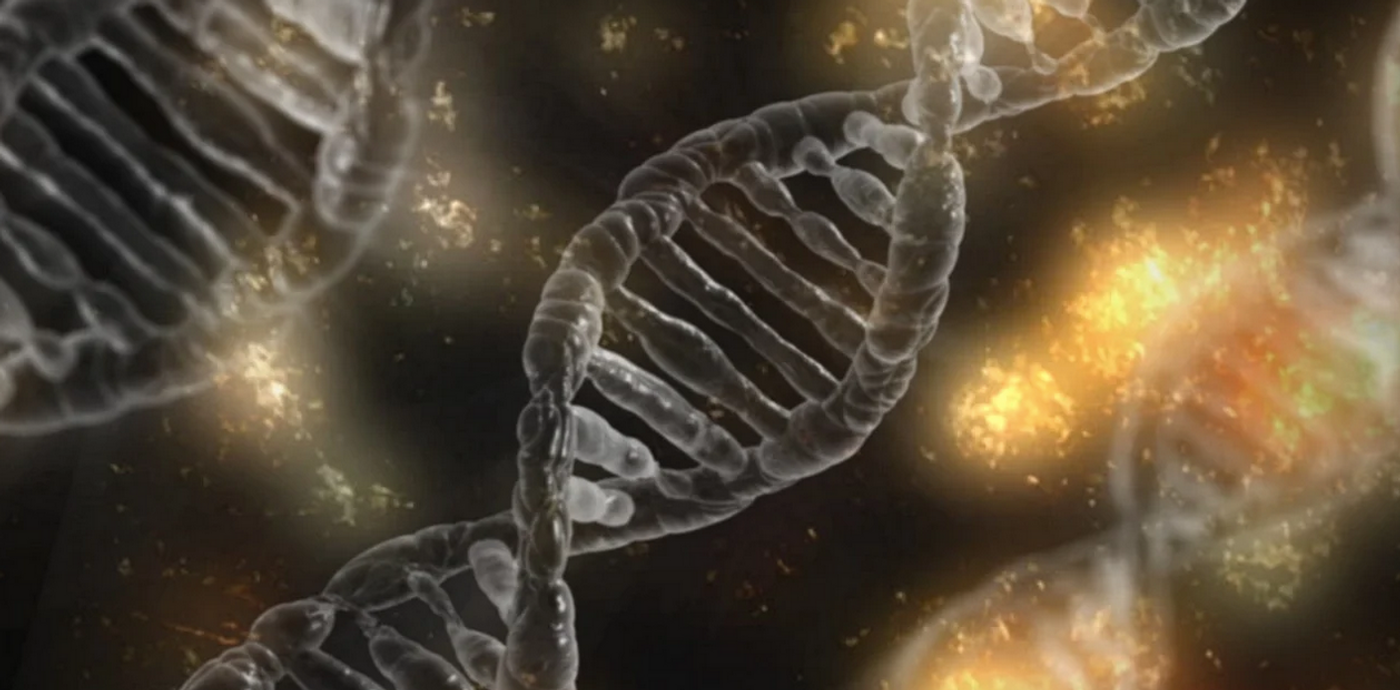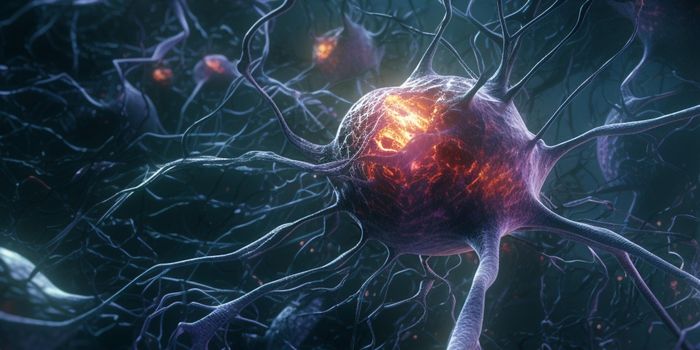Transcriptional Regulator BEND3 Found to Control Cell Differentiation
Like embryonic stem cells, pluripotent stem cells can also specialize into any type of cell in the body by following biochemical cues. Scientists have been studying those cues and signals for a long time so the process can be understood and controlled. Researchers have now learned more about how cells turn pluripotency off, and settle into their final functional form. Reporting in the Proceedings of the National Academy of Sciences (PNAS), a molecule called BEND3 was found to turn off hundreds of genes that are linked to differentiation and the maintenance of pluripotency. Cells specialized and gained their identity only when BEND3 was downregulated.
This research has provided new insights into developmental processes and may also apply to cancer research, said study leader Supriya Prasanth, a department chair and professor at the University of Illinois Urbana-Champaign.
In many cancer cells, proliferation is unrestrained, because the checks on the cell cycle are not working as they should, said Prasanth. Cells typically stop proliferating actively when they are fully differentiated. Prasanth added that predictions about how well cancers will respond to treatments are often related "to its status of differentiation. The more differentiated a tumor is, the better the prognosis."
If a therapy successfully shrinks a tumor, continued Prasanth, stem cells can repopulate the cells that were ablated, restoring the tumor. It may be possible to improve cancer treatments by switching malignant cells from a proliferation to differentiation mode A cell cycle regulator may be able to do that.
BEND3 is known to be important to the cell cycle, and Prasanth's team determined that it can block or reduce gene expression when it binds to various parts of the genome. If BEND3 was eliminated, that expression was restored.
"When you do these gene-expression studies, you can see hundreds of genes go up, hundreds down," Prasanth said. "But what does it really mean?" In this study, the researchers answered that question. They determined that many of those downregulated genes can encourage cells to differentiate. When BEND3 binds to the cell cycle genes, the cells don't differentiate. When BEND3 is removed, the cells move toward differentiation.
There are other cell cycle regulators, some of which BEND3 interacts with. BEND3 seems to be a central player in the process of determining the fate of a cell, noted Prasanth. This makes it a good target for new drugs. However, that also means that drugs targeting the molecule could come with side effects.
Additional work reported in Genes and Development by Prasanth's team and collaborators has outlined structural data about how BEND3 controls gene expression.
Sources: University of Illinois at Urbana-Champaign, Proceedings of the National Academy of Sciences









